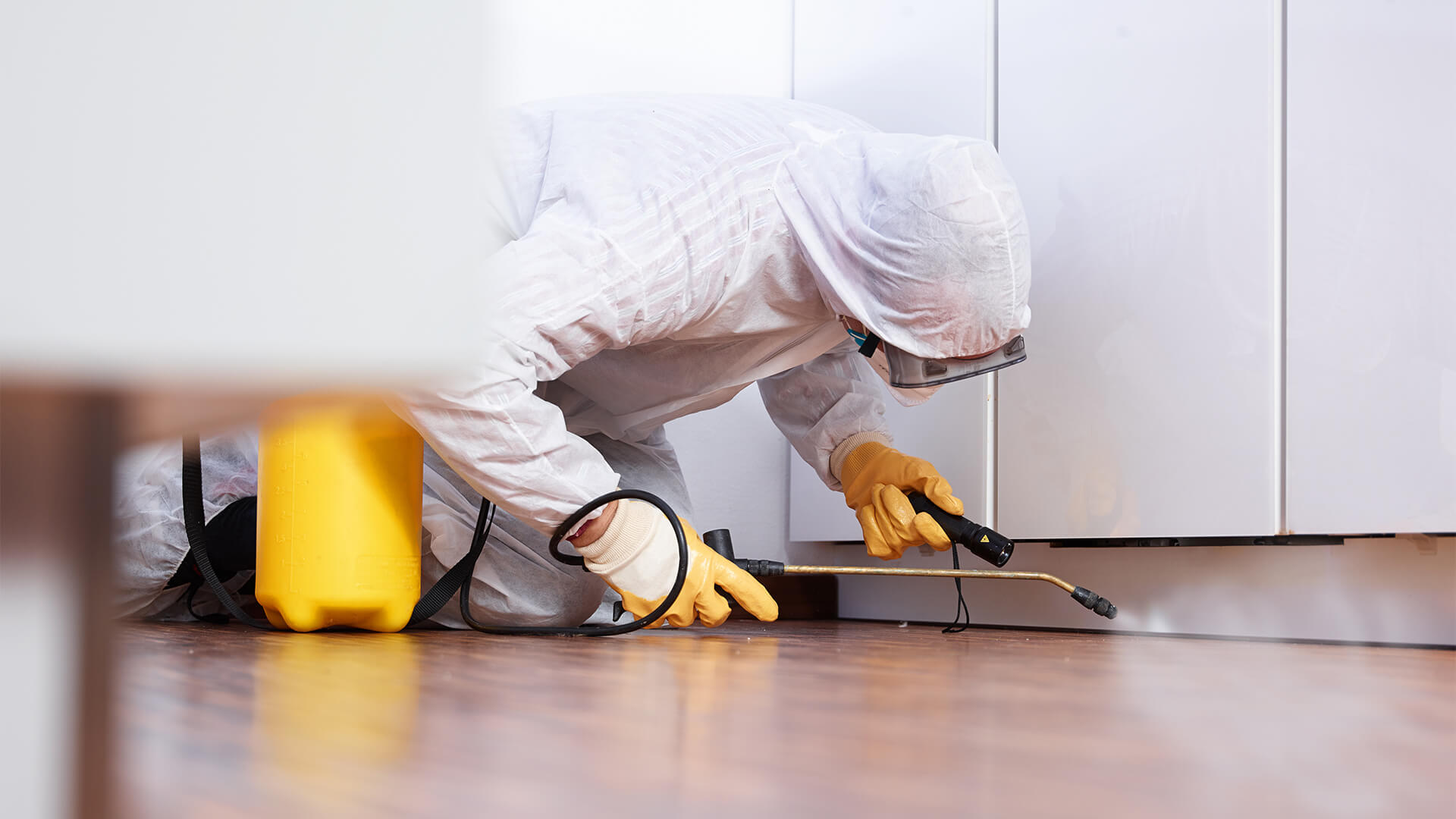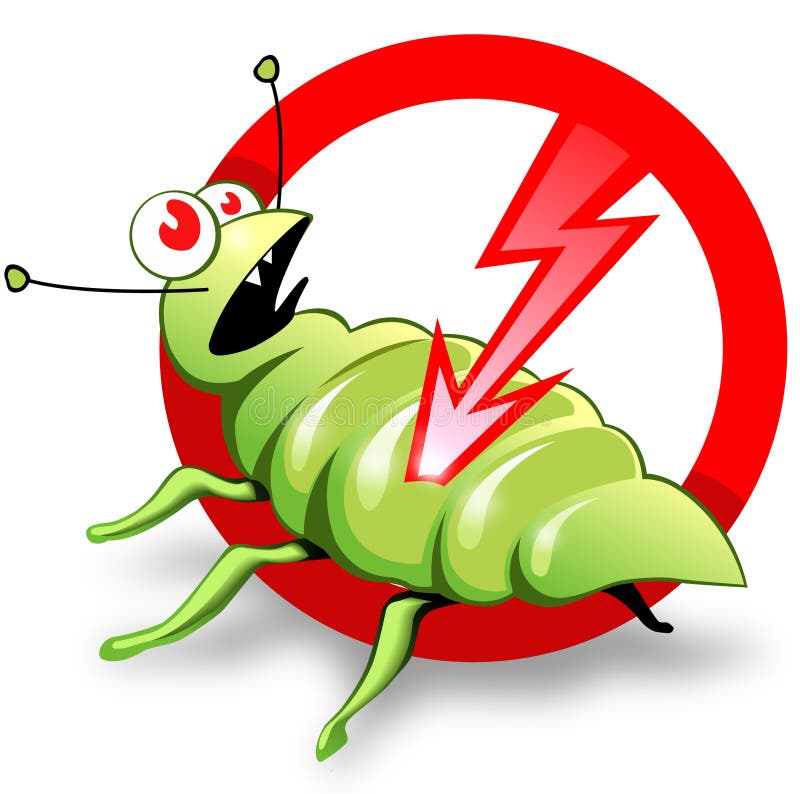Trust Pest Control Lockhart for Long-Lasting Pest Prevention
Trust Pest Control Lockhart for Long-Lasting Pest Prevention
Blog Article
Discovering Infestation and Treatment Strategies worldwide of Bug Control
The landscape of pest control includes a myriad of challenges, specifically as problems of usual house bugs proceed to advance. Understanding the behaviors and reproductive patterns of these nuisances is essential for developing reliable treatment strategies. By integrating safety nets with innovative administration strategies, such as Integrated Bug Administration (IPM), home owners can better safeguard their atmospheres. The performance of these methods may vary significantly based on certain situations. What hidden elements add to the success or failure of these techniques in various setups?

Typical House Vermin
When it involves managing our living areas, recognizing typical house parasites is essential. These parasites not just interrupt our convenience but can also position health and wellness threats and damages property. One of the most common household parasites consist of ants, roaches, rodents, termites, and bed pests.
Ants, often seen foraging in kitchen areas, can infect food and establish large nests. Roaches, understood for their durability, can set off allergic reactions and spread virus. Rodents, consisting of computer mice and rats, can cause architectural damages and lug conditions like hantavirus and salmonella. Termites, typically described as "quiet destroyers," can jeopardize the honesty of wood structures, leading to pricey repairs. Bed insects, although not disease service providers, can create significant discomfort through their attacks and result in mental distress.
Recognizing the signs of these parasites, such as droppings, nests, or bite marks, is necessary for early treatment (Pest Control Lockhart). Appropriate hygiene practices, sealing access factors, and maintaining a clutter-free environment are reliable preventative procedures. By identifying these typical household parasites and comprehending their actions, house owners can take proactive actions to reduce invasions, ensuring a much healthier living setting
Understanding Parasite Infestations
Parasite problems can escalate swiftly, transforming a small inconvenience right into a significant issue if not attended to promptly. Typical factors contributing to invasions consist of poor cleanliness, structural susceptabilities, and seasonal adjustments that drive parasites indoors.
Recognizing the kind of insect is necessary, as different types display diverse behaviors and reproductive prices. For instance, rats might develop nests in covert areas while pests like roaches flourish in damp settings. Early detection frequently depends upon identifying indicators such as droppings, chomp marks, or unusual sounds, which can suggest a trouble prior to it becomes extreme.
Warm, damp environments can help with the rapid growth of insect populaces, while modifications in landscaping or construction can accidentally create conducive atmospheres. An enlightened method to understanding these dynamics lays the groundwork for reliable pest administration strategies in the future.
Treatment Approaches and Methods
Effective therapy methods and techniques are essential for minimizing parasite problems and restoring a safe setting. A complex strategy is commonly best, incorporating chemical, organic, and mechanical methods customized to the particular pest and the extent of the infestation.
Chemical treatments include using insecticides and herbicides, which can properly eliminate bugs. Appropriate application and adherence to safety and security standards are vital to minimize dangers to humans and non-target microorganisms. Integrated Pest find more Monitoring (IPM) urges the wise use chemicals as a last resource, counting instead on tracking and threshold degrees to determine intervention demands.
Organic control methods entail presenting natural predators or bloodsuckers to lower bug populations. This technique is progressively prominent, specifically in agricultural settings, as it advertises ecological sustainability.
Mechanical techniques, such as catches and barriers, offer prompt relief from bugs without introducing chemicals. Alternatives include sticky catches for pests or physical barriers for rats.
Eventually, the choice of treatment approach need to consider the particular parasite, the atmosphere, and prospective influences on human health and wellness and environments. A well balanced mix of these techniques can successfully handle invasions while advertising long-lasting parasite control services.
Safety Nets for House
Proactively dealing with pest problems before they intensify is essential for preserving a healthy home setting (Pest Control Lockhart). Carrying out effective preventative measures can significantly lower the chance of problems, eventually securing both your residential property and health

Proper landscaping likewise plays an essential duty in prevention. Keeping hedges and trees cut away from your house decreases the possibilities of bugs discovering their way inside your home. In addition, make certain that drain systems are operating effectively to avoid standing water, which can reel in mosquitoes and other bugs.
Finally, routine assessments are a good idea. Routinely looking for signs of parasite task allows for early intervention. By embracing these safety nets, house owners can develop an atmosphere that is much less hospitable to pests, thus improving their total high quality of check this life and decreasing the requirement for extensive insect control treatments.
Commercial Insect Control Methods
An extensive strategy to commercial bug control is vital for services aiming to preserve a risk-free and sanitary setting. Effective methods include a mix of normal examinations, employee training, and the application of Integrated Bug Management (IPM) methods.
Regular examinations enable very early detection of bug activity, allowing for prompt treatment. Services link must create a routine schedule for these assessments, focusing on high-risk areas such as kitchen areas, storage areas, and garbage disposal sites. Staff member training is equally essential; personnel needs to be educated on the indicators of pest infestations and the importance of reporting them instantly.
Carrying out IPM practices helps mitigate pest problems sustainably. This includes habitat modification, such as securing access points and lowering mess, in addition to utilizing natural deterrents prior to turning to chemical therapies.

Additionally, collaborating with a qualified pest control provider ensures accessibility to expert understanding and advanced therapy alternatives. This partnership can lead to personalized insect control intends tailored to the specific needs of business, decreasing dangers and improving total effectiveness. Inevitably, a positive and educated technique fosters a pest-free setting, safeguarding both public wellness and organization track record.
Conclusion
In conclusion, efficient bug control necessitates a detailed understanding of common family parasites and their actions, coupled with targeted therapy approaches. Applying preventative steps together with therapy approaches such as Integrated Pest Management and organic control improves the capacity to mitigate infestations.
Report this page